 Adrean Clark
02:50 Sat, 20 May 2017
Adrean Clark
02:50 Sat, 20 May 2017
Digits for American and Swedish Sign Language
The below table contains both all the digits found in the specified sources, plus the additional digits created for writing Swedish Sign Language. The digits that were created for Swedish Sign Language (and which aren’t described in any of the sources) are indicated with a blue background below. These new digits have, as far as possible, been based on patterns found in ASLwrite (also see footnote [2]).
The digits are given in the same order as in the ‘extended ASL digibet’ (Clark 2013: 88–93, 2014 och 2023), however, the more commonly occurring shortened list (with only the most frequently used digits) present the symbols in a different order (Clark 2013: 8–9, 2017 and 2018). Clark classify the digits into three different categories based on shape of the hand: open digits, closed digits and mixed digits, however, since these categories are unclear to me I have ignored them here.
Note: Digits describe both handshape and orientation. This is mostly reflected in the table below, by having the digits oriented in the same way as the corresponding handshape illustration. However, in some cases, where the illustration would otherwise be unclear (e.g. the ASL E and open E handshapes) or where the handshape illustration come from a different source (e.g. bent thumb or Swedish M-hand) the orientation of the two do not always match. (This will be fixed at some point.)
Images of the digits in the column from Arnold (2007) and the column from Tanada (2012) are copied directly from the original source. The other digits are (so far) hand drawn by the author, and are not as exact duplicates of the original source. (This will be also fixed at some point, except for STSwrite column, of course.)
| General | STS | ASLwrite | Si5s | ASL | |||||||||
|---|---|---|---|---|---|---|---|---|---|---|---|---|---|
| Handshape Description | Handshape | STSwrite | Swedish Handshape Name | STS Transcription | Clark (2023) | Clark et al. (2017) | Clark (2017, 2018) | Clark (2014) | Clark (2013: 89–93) | Tanada (2012) | Arnold (2007) | Arnold (2014) | Fingerspelling |
| r-r-r-r-r | 
| sprethand | | 
| |||||||||
| b-b-b-b-b | 
| klohand / böjd sprethand | | 
| |||||||||
| k-r-r-r-r | 
| 4-hand | | 
| |||||||||
| k-b-b-b-b | 
| böjd 4-hand | | 
| |||||||||
| K-r-r-r-K | 
| W-hand | | 
| W | ||||||||
| K-b-b-b-K | 
| böjd W-hand | | 
| |||||||||
| b-bbbb | 
| S-hand (A) | | 
| C | ||||||||
| r-bbbb | 
| S-hand (B) | | 
| |||||||||
| r-vvvv | 
| vinkelhand (A) | | 
| |||||||||
| RVvvv | 
| vinkelhand (B) | | ||||||||||
| kvvvv | 
| | |||||||||||
| v-v-v-v-v | 
| vinklad sprethand / manethand | | 
| |||||||||
| r-rrrr | 
| flat hand (A) | | 
| |||||||||
| k-rrrr | 
| D-hand | | 
| B | ||||||||
| rrrrr | 
| flat hand (B) | | ||||||||||
| v-rrrr | 
| flat tumhand | | ||||||||||
| b-b-r-r-r | 
| stor måtthand | 
| ||||||||||
| B-B-r-r-r | 
| stor nyphand (A) / böjd stor nyphand / rund nyphand | | 
| F | ||||||||
| V-V-r-r-r | 
| stor nyphand (B) | | ||||||||||
| B-B-rrr | 
| stor nyphand (C) / böjd stor nyphand / rund nyphand
Modifierad | | ||||||||||
| v-v-r-r-r | 
| stor nyphand (D)
Blandning av | | 
| |||||||||
| +V-V-r-r-r | 
| 
| |||||||||||
| +V-B-r-r-r | 
| 
| |||||||||||
| v-r-b-r-r | 
| stort långfinger (B) / böjt långfinger | | 
| |||||||||
| B-r-B-r-r | 
| runt långfinger (A) | | 
| |||||||||
| V-r-V-r-r | 
| runt långfinger (B)
Blandning av | | ||||||||||
| +V-r-B-r-r | 
| 
| |||||||||||
| r-r-v-r-r | 
| stort långfinger (A) | | 
| |||||||||
| K-r-r-F-r | 
| ||||||||||||
| KKKKK | 
| knuten hand (A) | | 
| S | ||||||||
| v-vvvv | 
| tumvinkelhand
Återanvänd äldre | |  [5] [5]
| 
| ||||||||
| V-VVVV | 
| A-hand | | 
| |||||||||
| B-BBBB | 
| O-hand | | 
| O | ||||||||
| r-kkkk | 
| tumhand (A) | | 
| |||||||||
| (r)-kkkk | 
| tumhand (B)
Modifierad  och
och  ). ).
| | ||||||||||
| RKkkk | 
| knuten hand (B) | | 
| A | ||||||||
| RF-kkk | 
| hållhand | | 
| |||||||||
| KK|Kkk | 
| amerikansk T-hand | 
| T | |||||||||
| kffff | 
| amerikansk E-hand (B) / amerikansk ”skrikande” E-hand | 
| ||||||||||
| KFFFF | 
| amerikansk E-hand (A) | 
| E | |||||||||
| KkkK|K | 
| amerikansk M-hand | 
| M | |||||||||
| KkK|Kk | 
| amerikansk N-hand | 
| attitude? | N | ||||||||
| v-v-kkk | 
| rak måtthand | | 
|  [11] [11]
| attitude? | GQ | ||||||
| V-V-kkk | 
| nyphand (A) | | ||||||||||
| B-B-kkk | 
| nyphand (B) / böjt pekfinger (LO-hand) | | 
| |||||||||
| b-b-kkk | 
| måtthand (A) | | 
| attitude? | ||||||||
| R-B-kkk | 
| 
| |||||||||||
| K-b-KKK | 
| krokfinger | | 
| X | ||||||||
| r-b-kkk | 
| måtthand (B) | | 
| |||||||||
| r-r-kkk | 
| L-hand | |  [13] [13]
| L | ||||||||
| B-r-BBB | 
| pekfinger (B) / dejthand | | 
| D | ||||||||
| K-r-KKK | 
| pekfinger (A) | | 
| Z | ||||||||
| K-r-r-KK | 
| V-hand | | 
| V | ||||||||
| K-b-b-KK | 
| (spretad) dubbelkrok | | 
| |||||||||
| K-bb-KK | 
| (samlad) dubbelkrok | | 
| |||||||||
| r-bb-kk | 
| 
| |||||||||||
| R-r-V-kk | 
| K-hand | |  [14] [14]
| KP | ||||||||
| K-r+r-KK | 
| X-hand | | 
| R | ||||||||
| r-r+r-kk | 
| 
| |||||||||||
| r-r+r-k-r | 
|
Blandning av | 
| ||||||||||
| r-kkk-r | 
| flyghand (A) | | 
| Y | ||||||||
| r-r-kk-r | 
| flyghand (B) | | 
| |||||||||
| K-r-KK-r | 
| flyghand (C) | | 
| |||||||||
| V-r-VV-r | 
| U-hand (lamahand)
Blandning av | | ||||||||||
| KKKK-r | 
| lillfinger | | 
| IJ | ||||||||
| K-rrr-K | 
| M-hand
Modifierad | | ||||||||||
| K-rr-KK | 
| N-hand | |  [20] [20]
| HU | ||||||||
| r-rr-kk | 
| pistolhand | |  [21] [21]
| |||||||||
| v-rr-kk | 
| N-måtthand / liten tumvinkelhand | | ||||||||||
| v-r-r-kk | 
| vinklad tupphand | | 
| |||||||||
| V-VV-kk | 
| liten O-hand / NA-hand
Blandning av | | ||||||||||
| B-BB-kk | 
| böjd N-hand (NO-hand)
Blandning av | | ||||||||||
| V-r-VVV | 
| 
| 
| ||||||||||
| r-r-r-kk | 
| tupphand | | 
| |||||||||
| v-b-b-kk | 
| böjd tupphand | | 
| |||||||||
| r-r-v-kk | 
| fysikerhand / jasåhand | |  [24] [24]
| |||||||||
| KKKKK | 
| E-hand
Modifierad | | ||||||||||
| RFrrr | 
| F-hand
Modifierad | | ||||||||||
| KK-r-KK | 
| långfinger
Modifierad | | ||||||||||
| RVkkk | 
| T-hand (A)
Blandning av | | ||||||||||
| r-vkkk | 
| T-hand (B)
Blandning av | | attitude? | |||||||||
| v-kkkk | 
| Q-hand
Modifierad | | ||||||||||
| KvKKK | 
| vinklat pekfinger
Blandning av | | attitude? | |||||||||
| KvvKK | 
| vinklad N-hand
Blandning av | | attitude? | |||||||||
| r-vvkk | 
| vinklad N-hand
Blandning av | | attitude? | |||||||||
| V-VVV-r | 
| platt lillfinger | |||||||||||
| V-VV-r-r | 
| platt ring- & lillfinger | |||||||||||
| r-r-r-r-v | 
| stort lillfinger | |||||||||||
| KKKK-b | 
| böjt lillfinger | |||||||||||
| Handshape Description | Handshape | STSwrite | Swedish Handshape Name | STS Transcription | Clark (2023) | ASLwrite (2017) | Clark (2017, 2018) | Clark (2014) | Clark (2013: 89–93) | Tanada (2012) | Arnold (2007) | Arnold (2014) | Fingerspelling |

 Manuel Ortiz
Manuel Ortiz Todd Hicks
Todd Hicks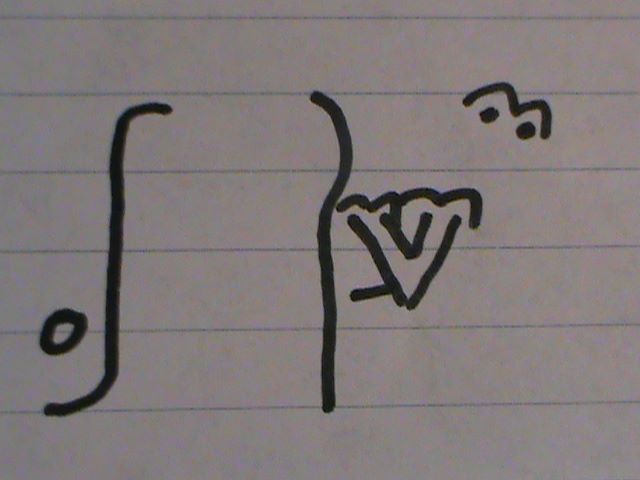
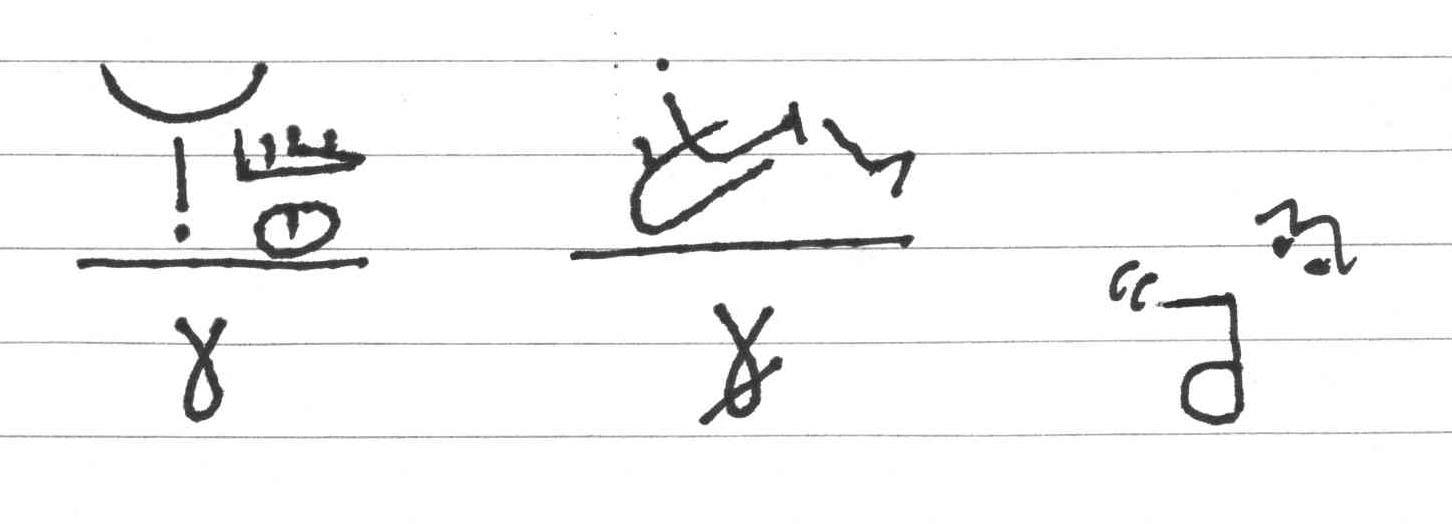
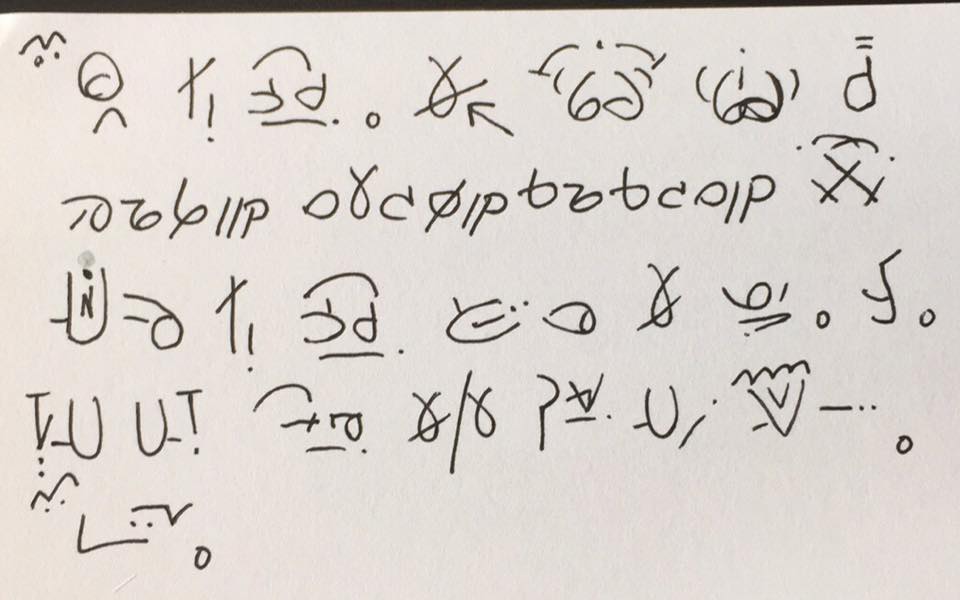
 Lee Lindberg
Lee Lindberg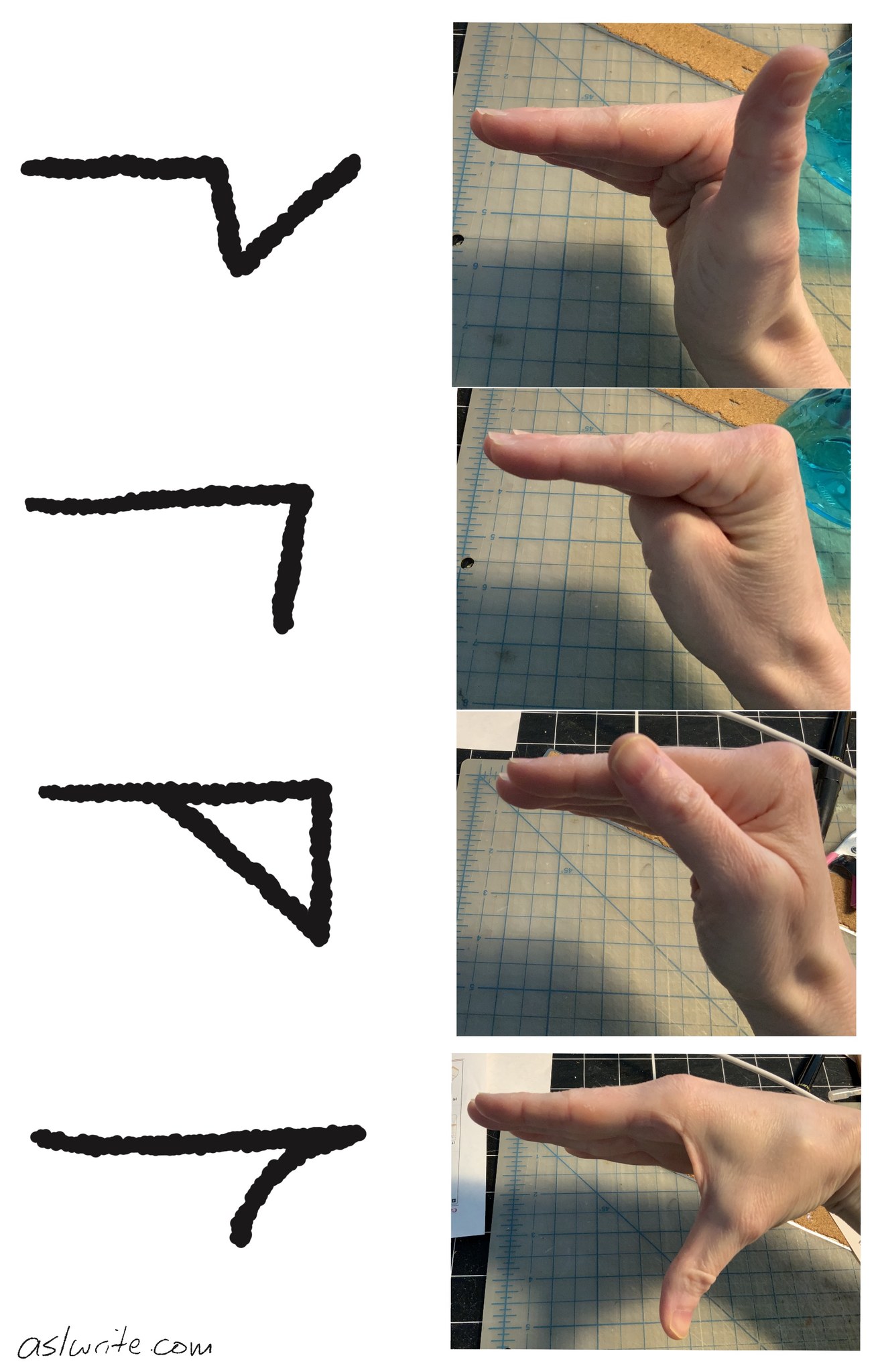
 Minerva Barker
Minerva Barker

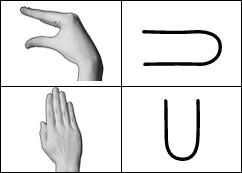

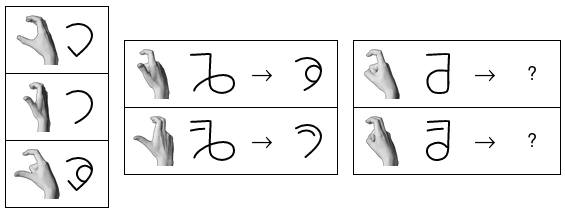
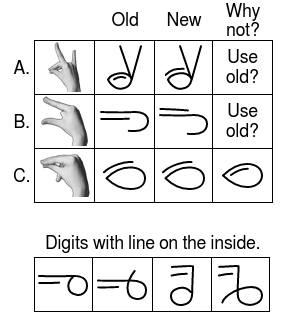

 och
och  ) och en bit upp längs V:ets vänstersida
för de som involverar långfingret (
) och en bit upp längs V:ets vänstersida
för de som involverar långfingret (
 och
och  ).
).
 för vinklad
tupphand
för vinklad
tupphand  har samma attityd som det
amerikanska handalfabetets Q (Arnold
har samma attityd som det
amerikanska handalfabetets Q (Arnold  endast förekommer här
(Arnold
endast förekommer här
(Arnold  har samma attityd som det
amerikanska handalfabetets P (Arnold
har samma attityd som det
amerikanska handalfabetets P (Arnold  har samma attityd som det
amerikanska handalfabetets U (Arnold
har samma attityd som det
amerikanska handalfabetets U (Arnold  har samma attityd som det
amerikanska handalfabetets U (Arnold
har samma attityd som det
amerikanska handalfabetets U (Arnold  vilket jag valt att tolka
som vinklad tupphand
vilket jag valt att tolka
som vinklad tupphand  med olika handbilder i
referenstabellerna för höger och vänster hand. Här antas att
högerhandtabellens böjd tupphand
med olika handbilder i
referenstabellerna för höger och vänster hand. Här antas att
högerhandtabellens böjd tupphand  endast förekommer i Arnold
(
endast förekommer i Arnold
(